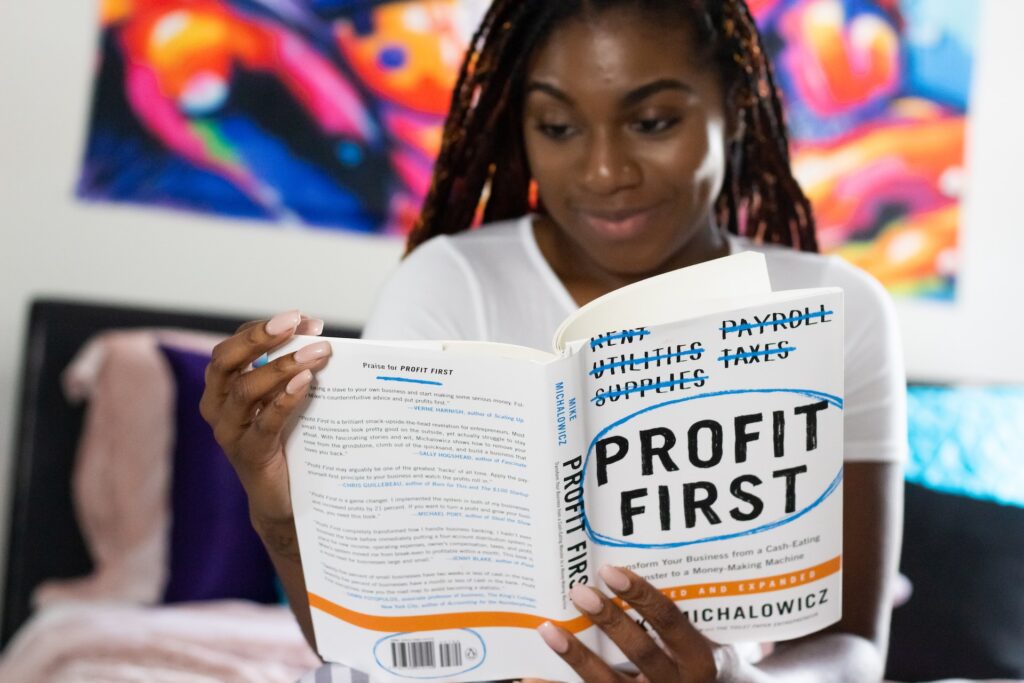
Flickr user j.sanna
When students bring up college, one of the very first conversation topics typically revolves around the cost. From tuition, to student loan debt, to scholarships, and more. But there seems to be one thing missing from a lot of those conversations—the availability of financial aid. Thus, should high schools require a financial aid and literacy class?
Who gets financial aid?
The Department of Education discovered that only 45% of graduating high school seniors filed the FAFSA. In one survey, NCAN discovered that “More than half of non-applicants say they ‘don’t know anything about financial aid’.” We go more in-depth into the research of why students aren’t applying for financial aid in another article, so let’s bring up another question for this piece.
Should high schools teach a financial aid and literacy class?
Certainly many high schools do offer basic money management classes. However, students overlook those non-required classes. Even then, the classes won’t cover financial aid for college. If the average college student is graduating with about $37,000 in debt, but less than half of those students applied for federal aid, why is financial aid not talked about more frequently?
Most students know about scholarships as a form of aid, but they typically only consider private scholarships as their source—despite the fact that the largest sources of scholarships actually come from schools and the federal government. Other forms of aid like grants, work study programs, and federal student loans are not nearly as prevalent, though they also offer great financial aid to students seeking to fund their college education.
Students aren’t learning about the FAFSA either, which is what opens them up to those grants and federal student loans. Not only do some outside scholarships ask for the FAFSA, colleges offer merit-based scholarships based on your FAFSA information. Financial aid is incredibly important when students want to go to college because it makes college more accessible. Why shouldn’t high school students learn about financial aid when it can help them?
Why not include the class?
High schools have a number of required classes: government, health, a certain number of years in math and sciences, etc. Why not add a financial aid and literacy class? If high school is about preparing students for higher education, why not include how to pay for said higher education?
There are plenty of high school classes that can be used practically. However, a financial aid and literacy class can definitely be put to practice. Not to mention, many students plan on or want to go to college. But they feel intimidated by the financial aid process. Whether it’s because the process is too long, filled with complicated terms and acronyms, or students don’t know where to begin, there are plenty of reasons students don’t go through with financial aid. They end up missing out on resources that could make college affordable for them.
Use College Raptor to discover personalized college matches, cost estimates, acceptance odds, and potential financial aid for schools around the US—for FREE!
| Lender | Rates (APR) | Eligibility | |
|---|---|---|---|
 |
5.50%-16.12%* Variable
3.99%-15.61%* Fixed
|
Undergraduate and Graduate
|
VISIT CITIZENS |
 |
5.54% - 15.70% Variable
3.99% - 15.49% Fixed
|
Undergraduate and Graduate
|
VISIT SALLIE MAE |
 |
4.63% - 17.99% Variable
3.49% - 17.99% Fixed
|
Undergraduate and Graduate
|
VISIT CREDIBLE |
 |
6.00% - 13.75% Variable
3.99% - 13.75% Fixed
|
Undergraduate and Graduate
|
VISIT LENDKEY |
 |
5.66% - 14.72% Variable
3.69% - 14.56% Fixed
|
Undergraduate and Graduate
|
VISIT ASCENT |
 |
3.70% - 8.75% Fixed
|
Undergraduate and Graduate
|
VISIT ISL |
 |
5.62% - 16.85% Variable
3.69% - 16.49% Fixed
|
Undergraduate and Graduate
|
VISIT EARNEST |
 |
5.00% - 14.22% Variable
3.69% - 14.22% Fixed
|
Undergraduate and Graduate
|
VISIT ELFI |




